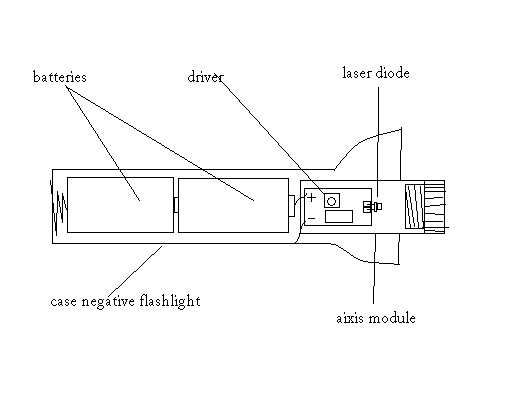i have a phr diode which i have extracted from the sled and put into a aixis module and my drivers from rkcstr has just arived.
so firstly i need to know which pin is which.
i know the middle one is unused but which is LD on my driver left or right on this pic?

and secondly i have no way of testing the current on my driver, can i not just turn the pot right down then slowly turn it up until the diode lights up?
thanks.
so firstly i need to know which pin is which.
i know the middle one is unused but which is LD on my driver left or right on this pic?

and secondly i have no way of testing the current on my driver, can i not just turn the pot right down then slowly turn it up until the diode lights up?
thanks.





